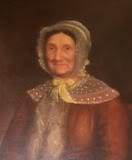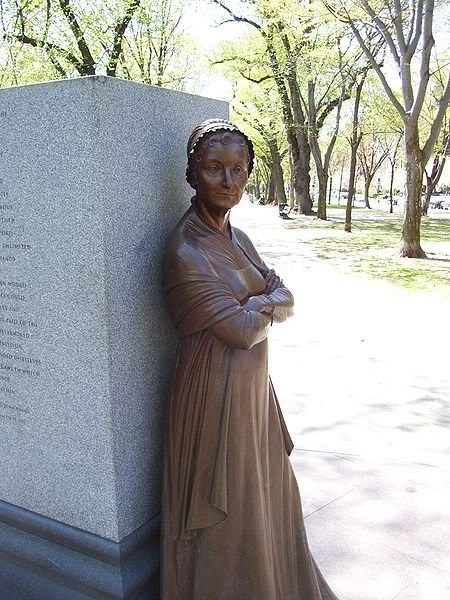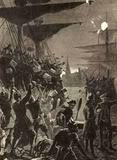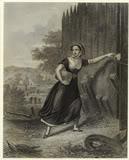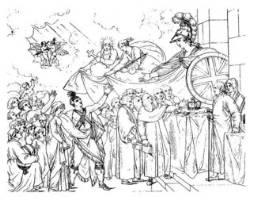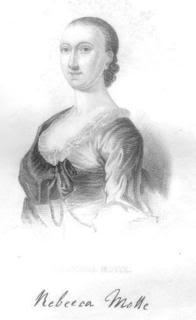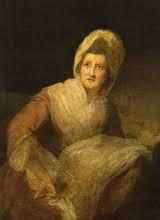Heroine of Groton and American Patriot Born Anna Warner on October 11, 1758, in Groton, Connecticut, she was orphaned at an early age, and went to live with her Grandmother Mills on a farm at Candlewood Hill, where she helped her uncle, Edward Mills, with the crops and animals. She was unusually tall and strong for a girl. When the American Revolution began, Anna longed to fight the despised Tories. During the Revolutionary War, New London harbor on the Thames River was home port for many privately owned armed ships that preyed upon British supply vessels and merchant ships. The privateers were licensed by the State of Connecticut according to the rules established by Congress. Each year they increased in…
